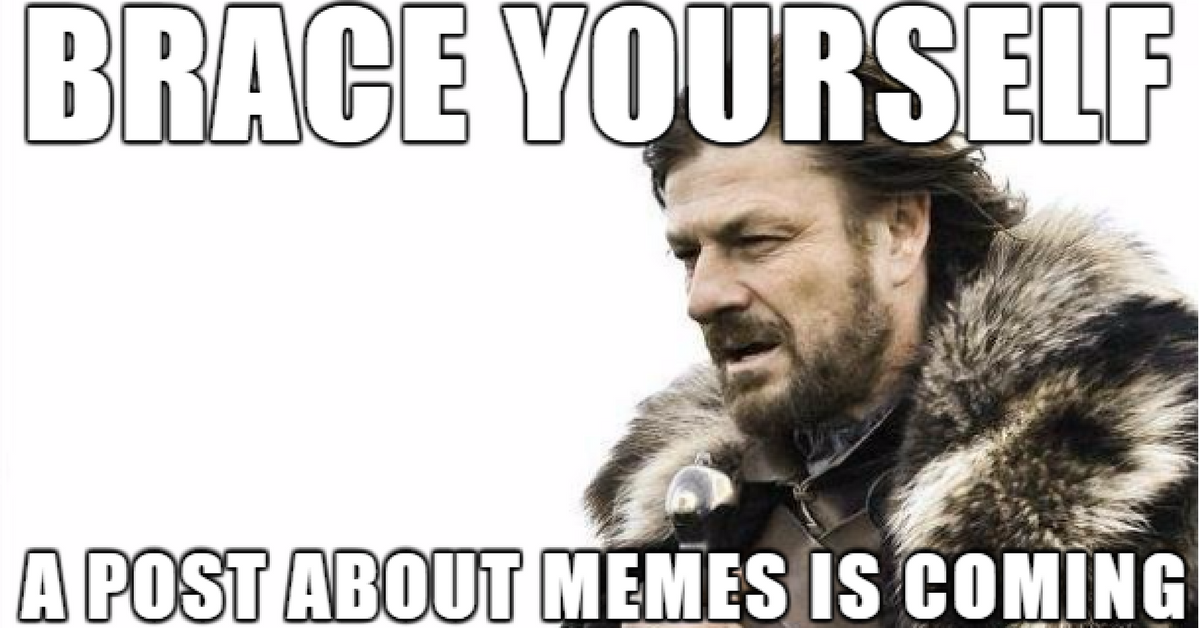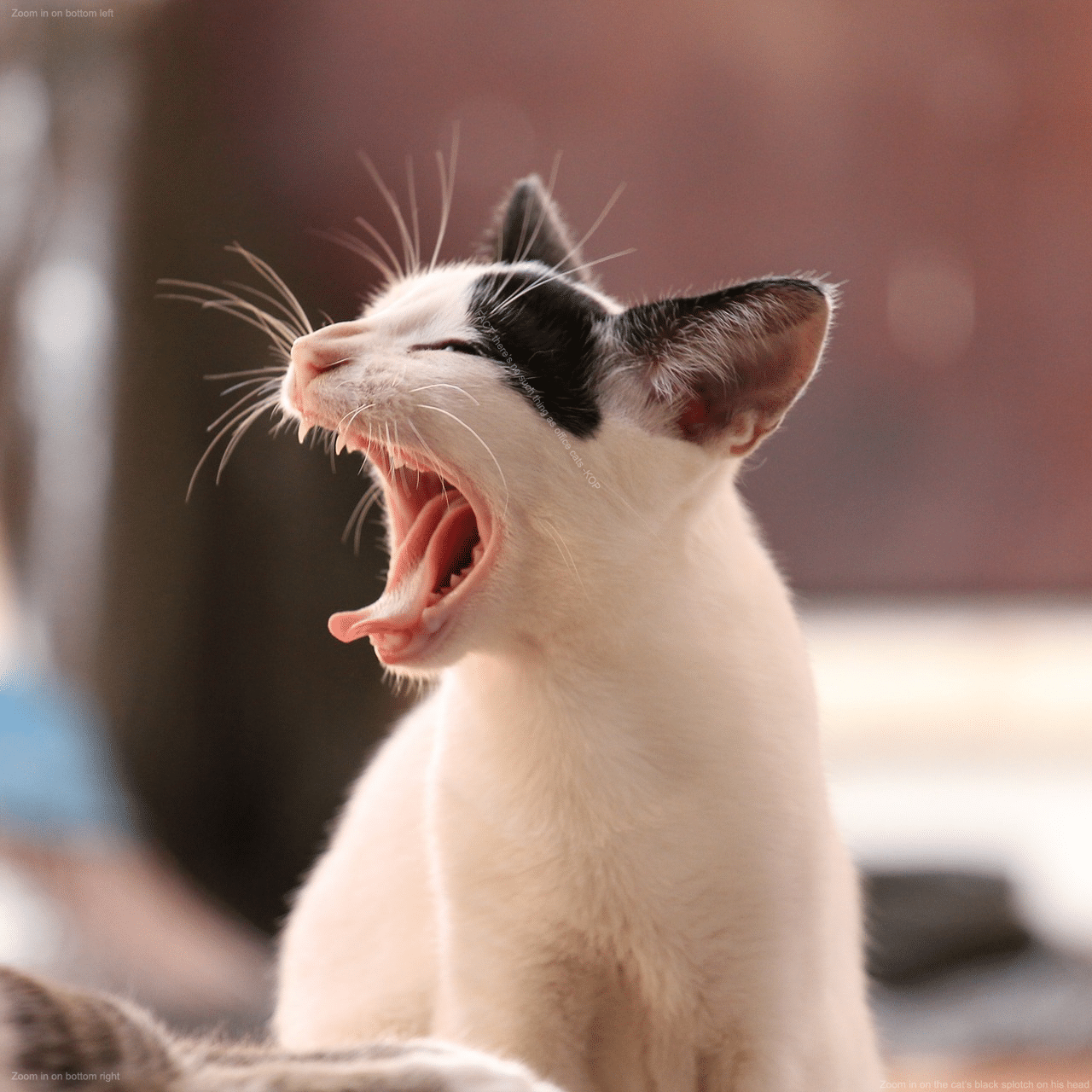-
by Lindsey Smith
Memes have taken over the internet, but their awesome power isn’t exclusive to just getting a good laugh. Many entrepreneurs have found success by using memes to reach their audience and leave a lasting impression. Here’s how to use and not use memes for online marketing.
Go With What Fits Your Brand, Not Always Just With What’s Trending
Using or adapting the newest meme so that it’s relevant to your business might seem like a good idea, but this must be done with care. If done right, it is extremely powerful, but if it’s irrelevant to your brand then you may just be posting a meme about a donut when you are trying to sell skin products… You want to avoid coming across as insincere and just trying to ride the coattails of the trendiest images on the internet. On the contrary, if the meme can be used or applied in a way that relates to your brand or puts a funny spin on something, then using a trending meme can actually bring more visibility to your page if you hashtag it.
For example, the trending ‘Tide Pod’ memes where people were posting photos and videos of them eating Tide Pods (It’s unbeknownst to us WHY, but it happened so we are just going with it…). A dessert company or restaurant trying to highlight their dessert menu, may jump on the bandwagon and say “Why eat tidepods when you can eat the ‘XYZ’ cheesecake from ‘Yada Yada Bakery’?”
This puts your product (mouthwatering cheesecake) in the front of the consumers mind while ‘making a funny’ and showing your customers your brand has personality and is personable! It’s becoming more and more prevalent that consumers are more willing to spend money with a brand they can relate to – USE SOCIAL MEDIA TO YOUR ADVANTAGE!
Memes Are Dessert, Not the Main Course
A meme is no substitute for quality, original content. They should only be used to enhance your content or clarify a point you’re trying to make. They’re a great way to get attention, but make sure you’re providing substance beyond a quick laugh. Otherwise, your content will just get ignored along with the thousands of other people using memes every day.
Know That Memes Appeal to an Internet Subculture
Will your current audience like memes? Or will using them make readers feel isolated or that you’re just trying to be trendy? If you want to use memes, decide whether it’s to appeal to current users or attract a new audience. Also think carefully about how this will affect current or new users or take your brand in a different direction.
Used with care, memes are a powerful tool to keep in your marketing arsenal. If you want to tap into their potential while maintaining authenticity and staying true to your brand, reach out to digital marketing professionals. Specialists can go over your business goals with you and help you decide whether memes are an untapped marketing resource for your enterprise.
Memes and Big Businesses: Do They Mix?
When corporations try to piggyback off of viral social media movements, the outcomes are usually unoriginal and/or overly promotional. The latter is the worst offense because it showcases a brand’s lack of understanding about social media.
For the most part, users don’t log onto social media to see brand posts. They log on to see what their friends are up to, and if they happen to see a brand’s post, it better be damn interesting. There’s a reason why social media marketing is nicknamed “interruption marketing”– you are interrupting a person’s news feed to talk about your product.
Rule of thumb: Keep your organic posts light, fun, and interesting. Make your key promotional posts into social media ads.
I mention all this because, social media is an art form. It takes a clever and creative person / team (hint, hint, nudge, nudge) to make brand posts interesting — to make them SO interesting that a consumer will willingly share your company’s post on their own profile (your mom, friends, and employees don’t count).
All this leads me to the inspiration for this post…
Memes
These occasionally funny images with sans serif text overlays have been around for a while, and brands have tried to incorporate them into their social media strategy since the beginning. Most brands either overuse memes, share other people’s memes, can’t come up with anything funny, or all of the above.
Here’s an example a brand failing with a meme. Student loan company got killed on Twitter after tweeting (and eventually deleting) this tweet.
Looks like @FAFSA deleted its tweet. Screenshot: pic.twitter.com/ucFOTbLAvq
— Jacob Fischler (@ItsFischy) June 25, 2014
When used sparingly and intelligently, memes can be a good way to connect with their audience. Typically, if the meme is a winner, you’ll get increased engagement and viral reach.
Zoom-in memes
The latest meme craze is the zoom-in memes. These memes are like pinch-and-zoom scavenger hunts. You get directed to zoom in on a certain part of the image (ex: bottom right corner), only to get re-directed to another part of the photo (ex: upper right corner), only to be re-directed to another part of the image, and then redirected to another part of the image (ex: the subject’s ear) that contains a final message.
Here’s an example of a good zoom-in meme by Denny’s (works best if you’re on mobile)…
zoom in on the syrup pic.twitter.com/omRBupjrXq
— Denny’s (@DennysDiner) March 1, 2017
This simple tweet with this zoom-in meme became a viral hit. Why? They opted to come up with an entertaining message rather than a “Come eat at Dennys”-type message.
Our attempt at a zoom-in meme
I’ve now spent 300+ words bashing brands for coming up with unoriginal memes. The pressure is on. Here’s what I came up with:
ZOOM IN ON TOP LEFT
Kop (the office dog) approves this message
Need social media marketing help?
If you’re looking to boost your business’ social media presence and/or brand awareness, you should probably have a conversation with one of our experts. Reach out at (866) 999-4736 or head to our contact page.



